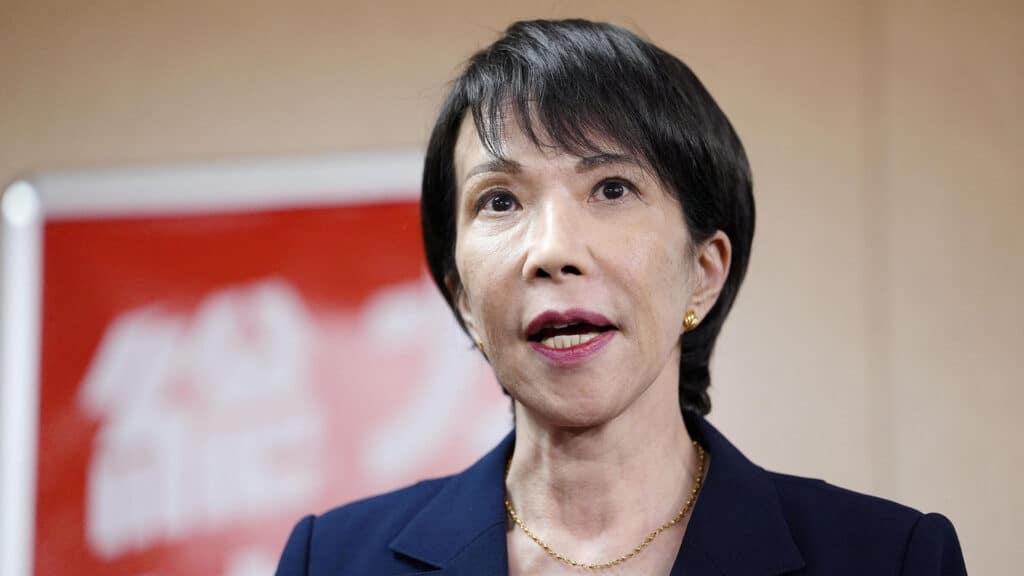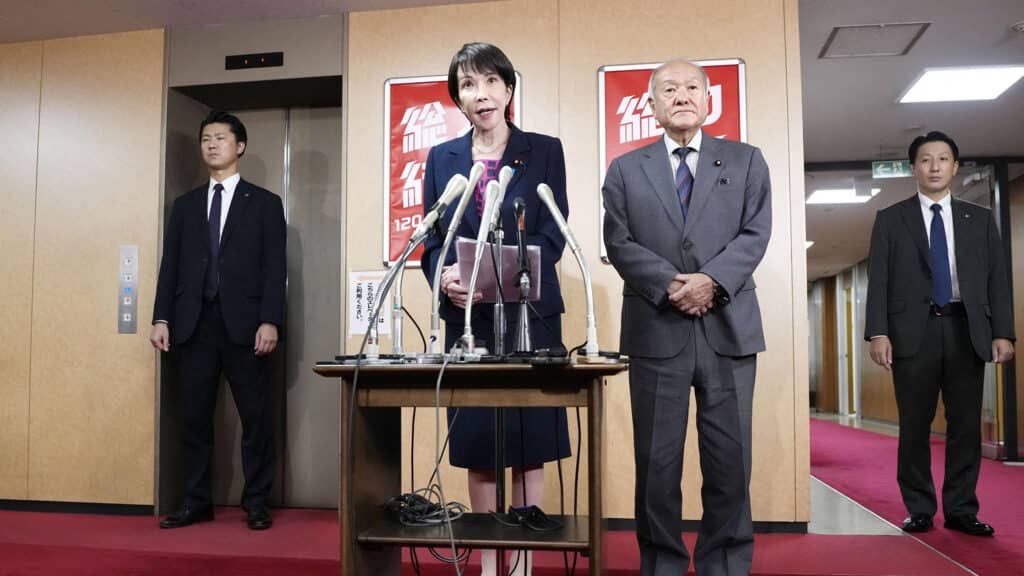Why Japan’s first female prime minister might be a setback for women

Sanae Takaichi’s victory in the Liberal Democratic Party’s leadership contest — and her expected appointment as Japan’s first female prime minister — has drawn worldwide attention. Her ascent, widely hailed as a breakthrough in Japan’s male-dominated political culture, also underscores the paradoxes in the country’s pursuit of gender equality, said Peter Chai, a Ph.D. researcher at Waseda University, in a piece for Nikkei Asia.
Takaichi’s political views and leadership style unmistakably mirror those of her mentor, the late former Prime Minister Shinzo Abe. Like Abe, she claims to empower women in the workforce yet refuses to confront the entrenched structural and cultural biases that impede gender equity in Japan.
After securing the party vote, Takaichi declared, «I will abandon the term work-life balance,» vowing instead to «work, work, work, and work.» Her statement, meant to show resolve, clearly perpetuates the outdated notion that women must outwork men to earn legitimacy and leadership standing.

Conservative stances
Takaichi openly calls for more women in leadership but firmly opposes fundamental reforms central to Japan’s gender equality debate — such as allowing married couples to use separate surnames and legalizing same-sex marriage. She labels the male-only imperial succession system «an important treasure unique to Japan.»
These stances, Chai notes, show that her historic leadership may not bring substantive policy change for women or minorities.
Limited policy shifts
Notably, Japan’s parliament, the Diet, has seen a gradual increase in female representation. The proportion of women in the upper house climbed from 28 percent in 2022 to a record 33.6 percent in 2025. In the lower house, women’s representation grew from 9.67 percent in 2021 to 15.7 percent in 2024.
Yet, this increase in numbers has coincided with a broader conservative shift in gender-related policymaking. While greater representation is notable, true equality remains elusive. Takaichi’s rise marks unprecedented visibility, but Japan’s path toward genuine inclusion and reform still faces significant hurdles.

